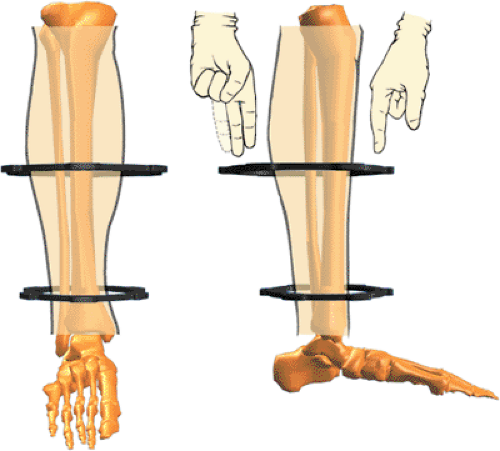

The inflammatory reaction results in the release of cytokines, growth factors and prostaglandins, all of which are important in healing. This prevents additional bleeding and provides structural and biochemical support for the influx of inflammatory cells.

Immediately at the time of fracture, the space between the ends of the fracture is filled with blood, forming a heamatoma. Phase 1 - Inflammatory Phase (Hours - Days) The pathophysiological sequence of events that occur following a fracture for bone healing can be divided into three main phases Greenstick Fracture: Fracture in a young, soft bone in which the bone bends and the cortex is broken, but only on one side.Buckle Fracture: Due to direct axial load, the cortex is buckled, often in the distal radius.Bowing: Incomplete fracture of long bone in infants/children due to forces in the axial load.Segmental: Same bone is fractured in two places so there is ‘floating’ segment of bone.Compression: Bone is crushed causing the fractured bone to be wider or flatter in appearance.Comminuted: Fracture is in three or more pieces with fragments present at site.
#FRACTURE FRAME CRACK#

#FRACTURE FRAME SKIN#
Open / Compound: Skin has been pierced or punctured by the bone or by a blow that breaks the skin at the time of the fracture.Closed / Simple: Bone has not pierced the skin.Displaced / Unstable: Fractured portions of bone are separated or misaligned.Non-Displaced / Stable: Fractured ends of the bone line up.Incomplete: does not cross the bone completely (usually encountered in children).Complete: Extends all the way across the bone (most common).In general, there are many different classification systems used for fractures which fall within a set number of patterns: Together, insufficiency and fatigue fractures are often grouped together as stress fractures. running),resulting in microfractures and eventually, macroscopic failure (fatigue fractures). Chronic application of abnormal stresses (e.g.osteoporosis) or less frequently, genetic abnormalities (e.g. Weakened bone due to metabolic abnormalities (e.g.metastasis, or bone cyst), known as pathological fractures. Weakened bone from a focal lesion (e.g.A normal bone subjected to acute overwhelming force, usually in the setting of trauma.Fractures can occur in a variety of methods: 4.3 Phase 3 - Remodelling Phase (Months to Years)Ī fracture is a discontinuity in a bone (or cartilage) resulting from mechanical forces that exceed the bone's ability to withstand them.4.2 Phase 2 - Reparative Phase (Days - Weeks).4.1 Phase 1 - Inflammatory Phase (Hours - Days).


 0 kommentar(er)
0 kommentar(er)
